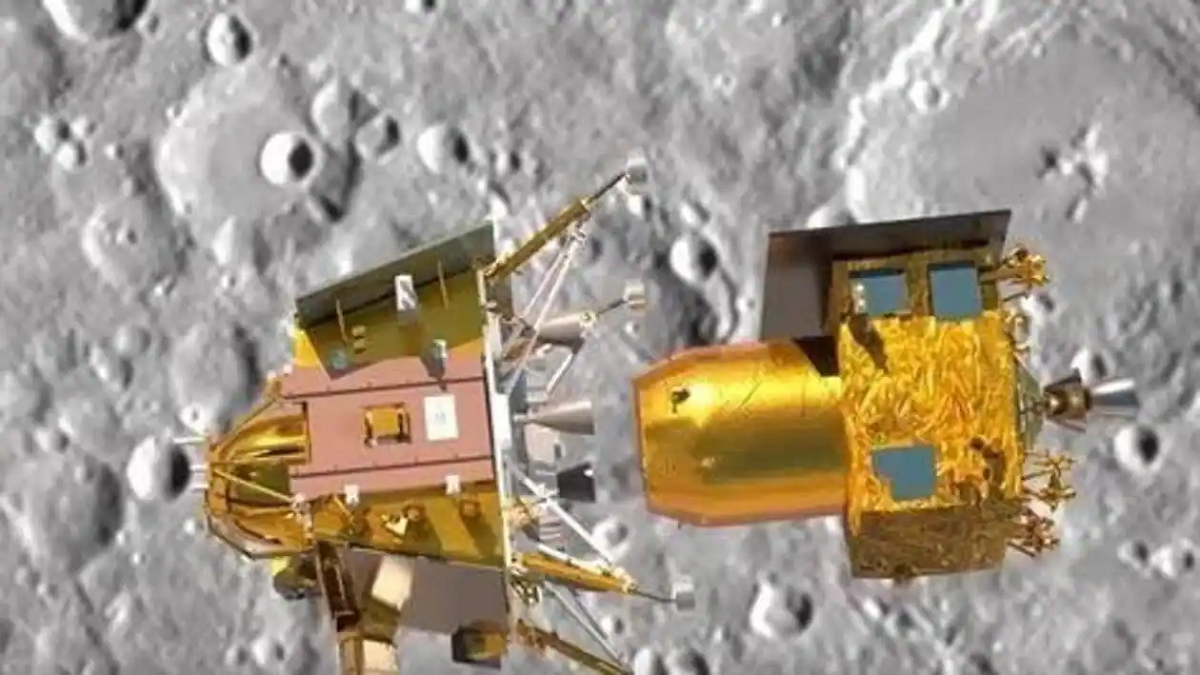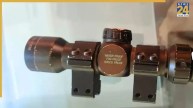Chandrayaan-3: The Laser Retroreflector Array (LRA) is a payload on Chandrayaan-3 lander, Vikram, which was deployed on the lunar surface. The LRA, built by NASA’s Goddard Space Flight Centre, is designed to work in conjunction with other instruments on the lander, such as the Radio Anatomy of Moon Bound Hypersensitive ionosphere and Atmosphere (RAMBHA), Chandra’s Surface Thermo physical Experiment (ChaSTE), and Instrument for Lunar Seismic Activity (ILSA). However, the LRA operates independently and starts its work after the other onboard instruments and two instruments on the rover Pragyan go to sleep at the end of the lunar day.
Primary Purpose
The primary purpose of the LRA is to use reflected laser light from orbiting spacecraft lasers, typically laser altimeters or light detection and ranging (lidar) systems. It serves as a fiducial marker, allowing for precise determination of the lander’s location and the distance to a specific point on the lunar surface with respect to the orbiter. The LRA is composed of eight circular corner-cube retroreflectors mounted on a hemispherical platform. These retroreflectors reflect incoming light directly back to the source, and they can be tracked by an orbiting laser altimeter or lidar system.
LRA’s Operation
It’s important to note that the LRA will not be used for ranging (distance measurement) until after the Chandrayaan-3 mission is complete. This decision is based on the need to prevent interference with the operation of the optical equipment, such as cameras and spectrometers, on the lander. According to David R. Williams from NASA Space Science Data Coordinated Archive, the LRA team wants to ensure that the LRA’s operation does not interfere with the functioning of other instruments on the lander.
Moon Mission
In summary, the Laser Retroreflector Array (LRA) is a payload on Chandrayaan-3’s Vikram lander that operates independently from other instruments and is designed to reflect laser light for precise location and distance measurements on the lunar surface. However, its ranging function will be activated only after the Chandrayaan-3 mission is complete to avoid interference with the lander’s other optical equipment.













